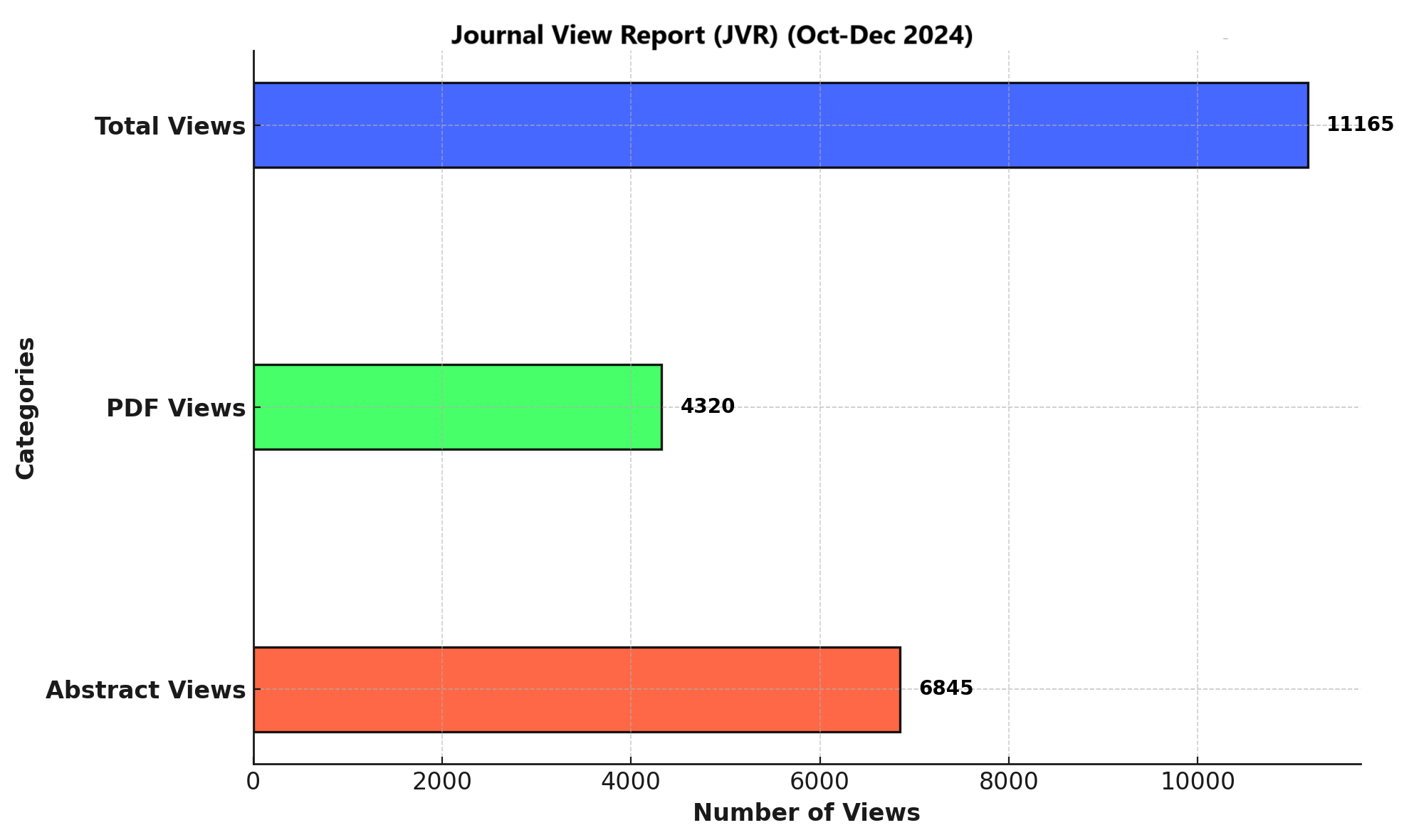EFFECTIVENESS OF VIRTUAL REALITY-BASED REHABILITATION VERSUS TRADITIONAL PHYSICAL THERAPY IN IMPROVING MOBILITY AND REDUCING PAIN AMONG CHILDREN WITH LOWER LIMB DISABILITY
DOI:
https://doi.org/10.71000/ijhr181Keywords:
Children, Disability, Lower Limb, Pain, Physical Therapy Modalities, Rehabilitation, Virtual RealityAbstract
Background: Children with lower limb disabilities often face challenges related to mobility, chronic pain, and functional independence, which hinder their ability to participate fully in daily activities. Traditional physical therapy has demonstrated effectiveness in improving these outcomes but often lacks engagement, reducing adherence in pediatric populations. Virtual reality-based rehabilitation offers an innovative and interactive approach to therapy, enhancing participation while providing measurable improvements in physical function and pain management.
Objective: To evaluate the effectiveness of virtual reality-based rehabilitation versus traditional physical therapy in improving mobility and reducing pain among children with lower limb disabilities.
Methods: A randomized clinical trial was conducted on 40 children aged 6–16 years at the Children’s Hospital Faisalabad and Allied Hospital Faisalabad from April 2024 to September 2024. Inclusion criteria required participants to have a confirmed lower limb disability, sufficient cognitive ability for VR interactions, and chronic pain (Wong-Baker FACES Pain Scale score ≥3). Exclusion criteria included children classified as GMFCS Levels IV or V, those unable to stand, and those with severe visual impairments or uncontrolled seizures. Participants were randomly allocated into two groups: Group A received virtual reality-based rehabilitation consisting of task-oriented exercises for 30–45 minutes, three times per week for six weeks, while Group B underwent traditional physical therapy focusing on stretching, strengthening, and functional mobility. Outcomes were measured using the Pediatric Evaluation of Disability Inventory (PEDI), Timed Up and Go (TUG) test, Wong-Baker FACES Pain Scale, and Gross Motor Function Measure (GMFM-66). Data analysis was performed using SPSS Version 20.
Results: Significant within-group improvements were observed for all outcomes in both groups (p < 0.001). The VR group showed a mean PEDI score improvement of 7.4 ± 2.5 compared to 3.1 ± 1.7 in the traditional PT group, with a between-group difference of 4.6 (p < 0.001). TUG test times improved by 3.4 ± 1.2 seconds in the VR group versus 1.6 ± 1.0 seconds in the PT group, with a between-group difference of 1.7 seconds (p < 0.001). Pain scores decreased by 3.0 ± 0.9 points in the VR group compared to 1.8 ± 0.8 points in the PT group, with a between-group difference of 1.1 points (p < 0.001). GMFM-66 scores improved by 13.0 ± 2.6 in the VR group versus 6.8 ± 1.7 in the PT group, reflecting a between-group difference of 6.7 (p < 0.001).
Conclusion: Virtual reality-based rehabilitation demonstrated superior effectiveness compared to traditional physical therapy in improving mobility and reducing pain among children with lower limb disabilities. These findings support the integration of VR into pediatric rehabilitation for enhanced therapeutic outcomes.
Published
Issue
Section
License
Copyright (c) 2024 Zakra Saeed, Anum Kabir, Priyanka Ratan, Muhammad Hamza, Muhammad Hasnain Soomro, Saba, Ghulam Dastgeer (Author)

This work is licensed under a Creative Commons Attribution-NonCommercial-NoDerivatives 4.0 International License.







